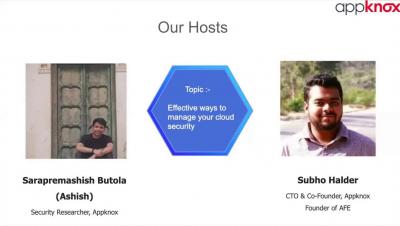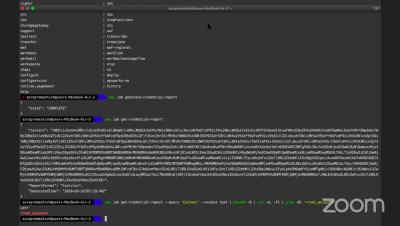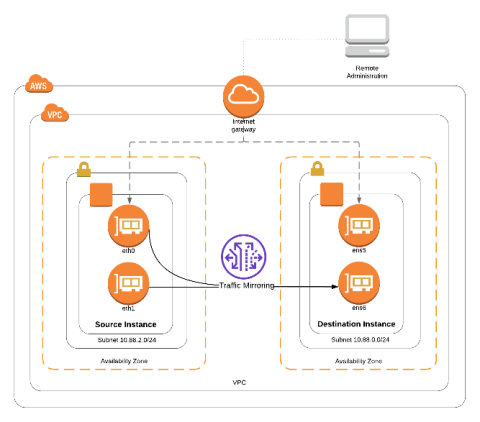Auditing Cloud Administrator Behavior as a Matter of Data Breach Preparedness
New technologies often present interesting challenges for security teams, with cloud services such as AWS, Azure and GCP providing particularly novel cases in comparison to “classic” on-premise systems. As cloud services race to add new features that drive new customer interest and increase retention of existing clients, there is a very real risk of exposing new threat vectors to the business if even the most minor of misconfigurations occurs.










